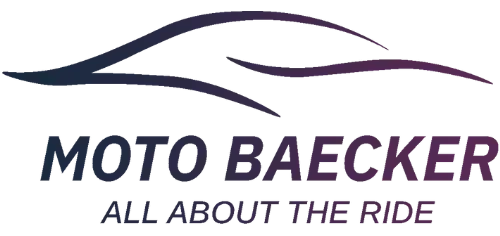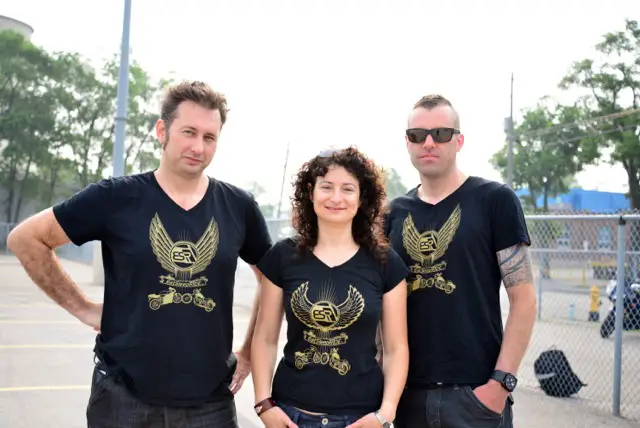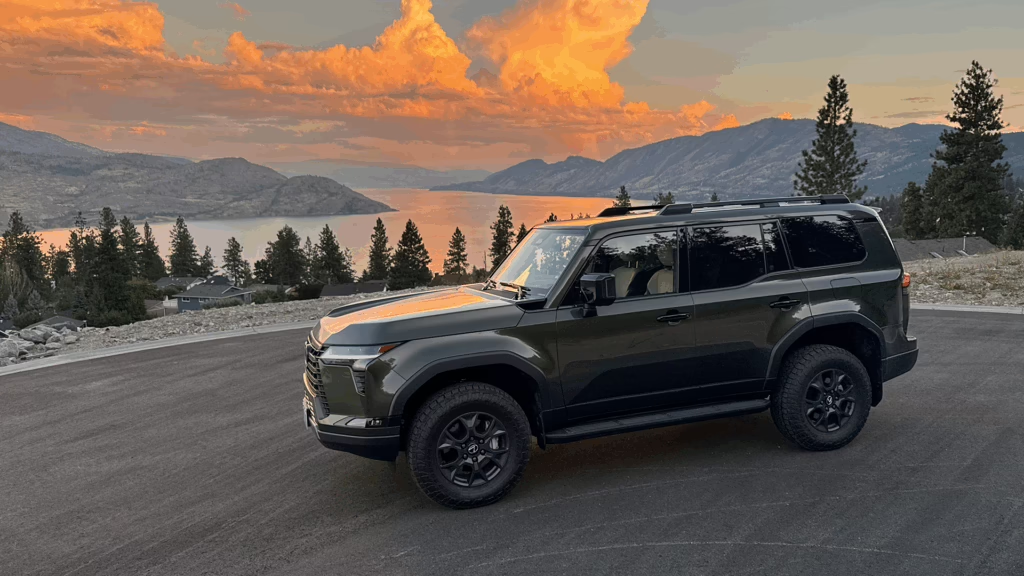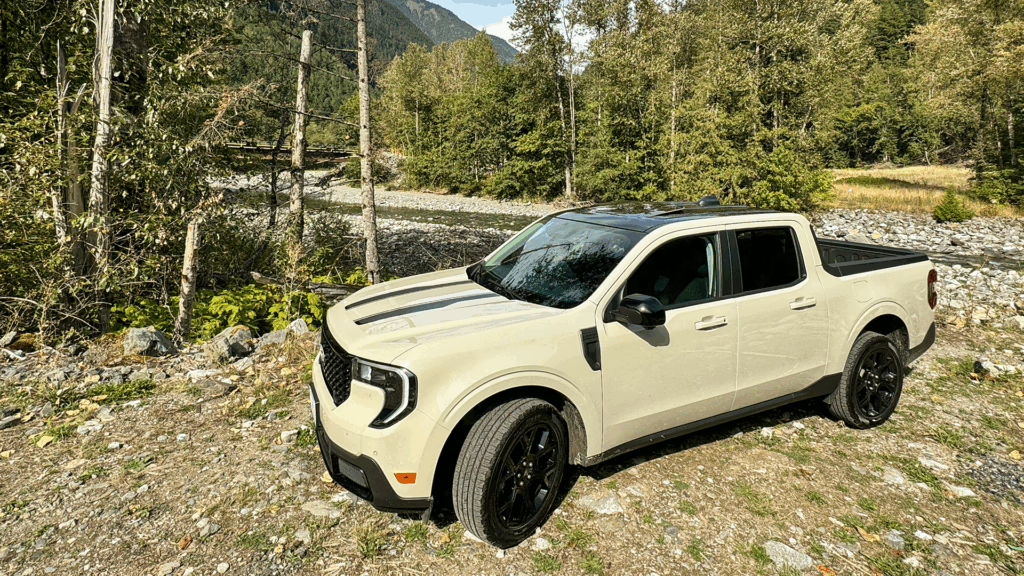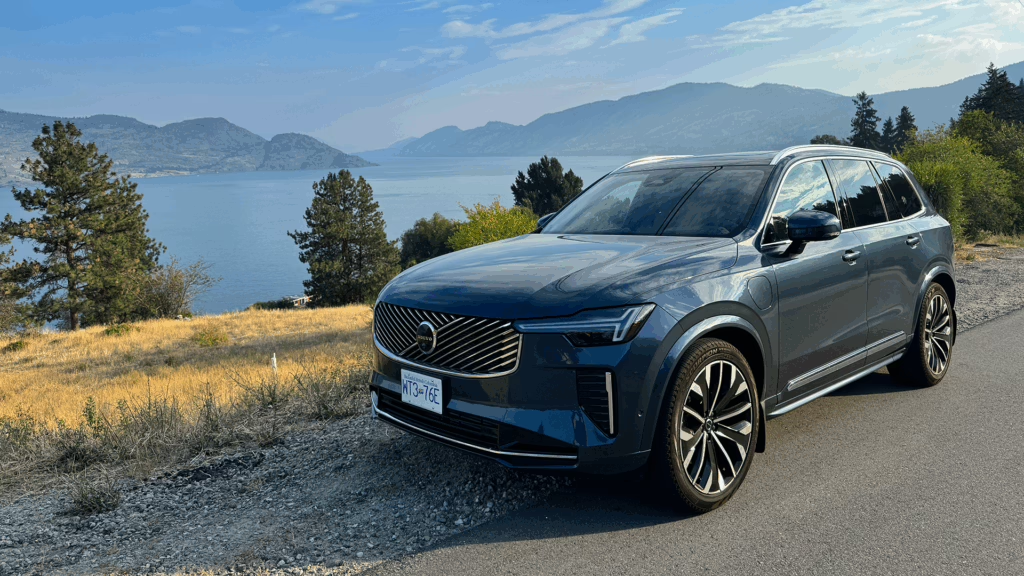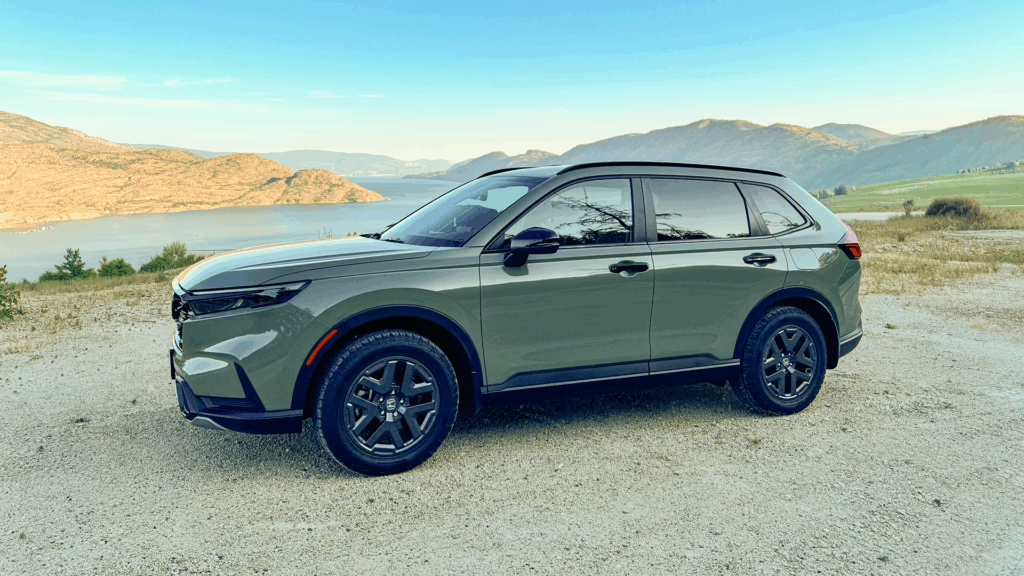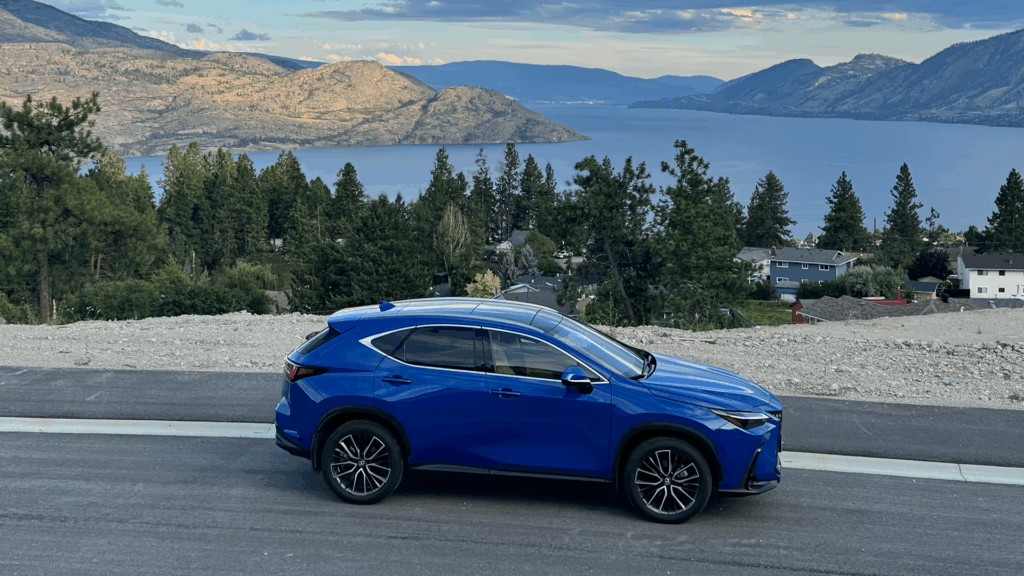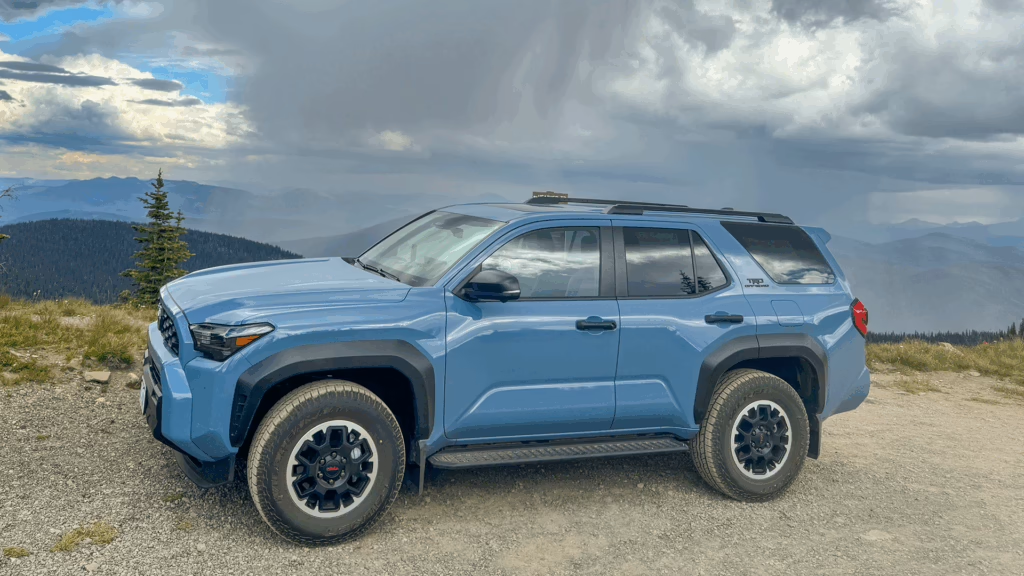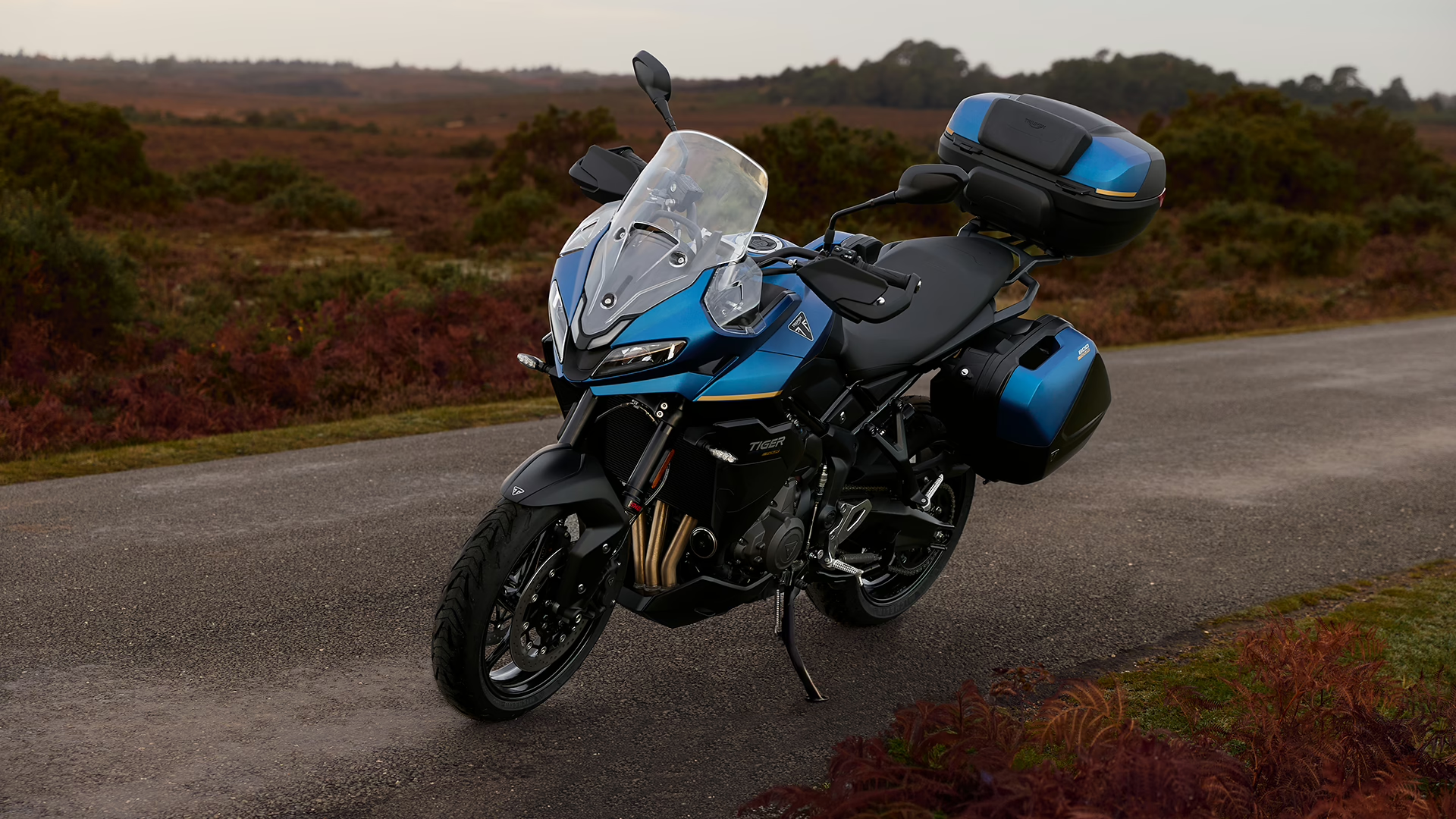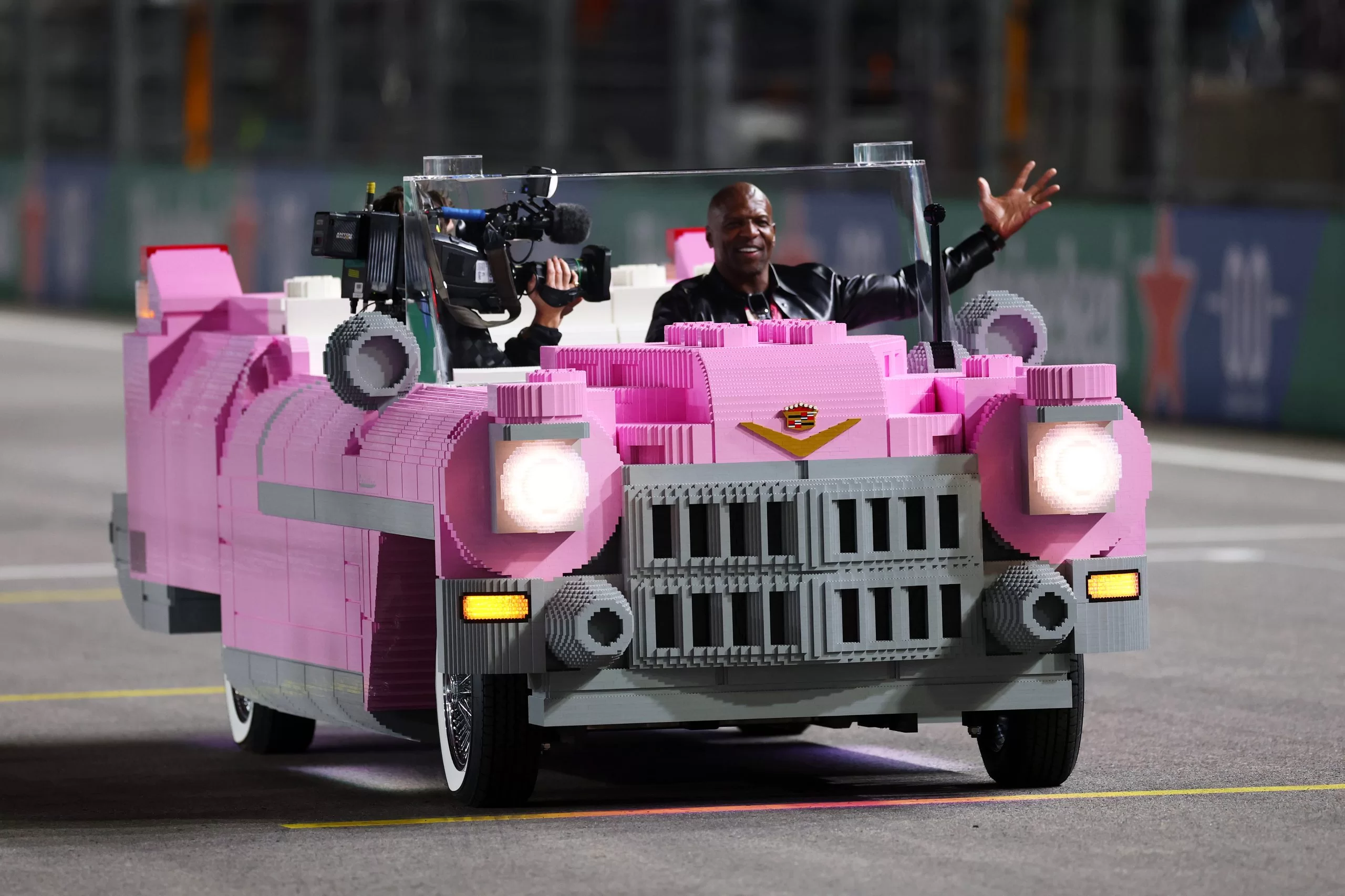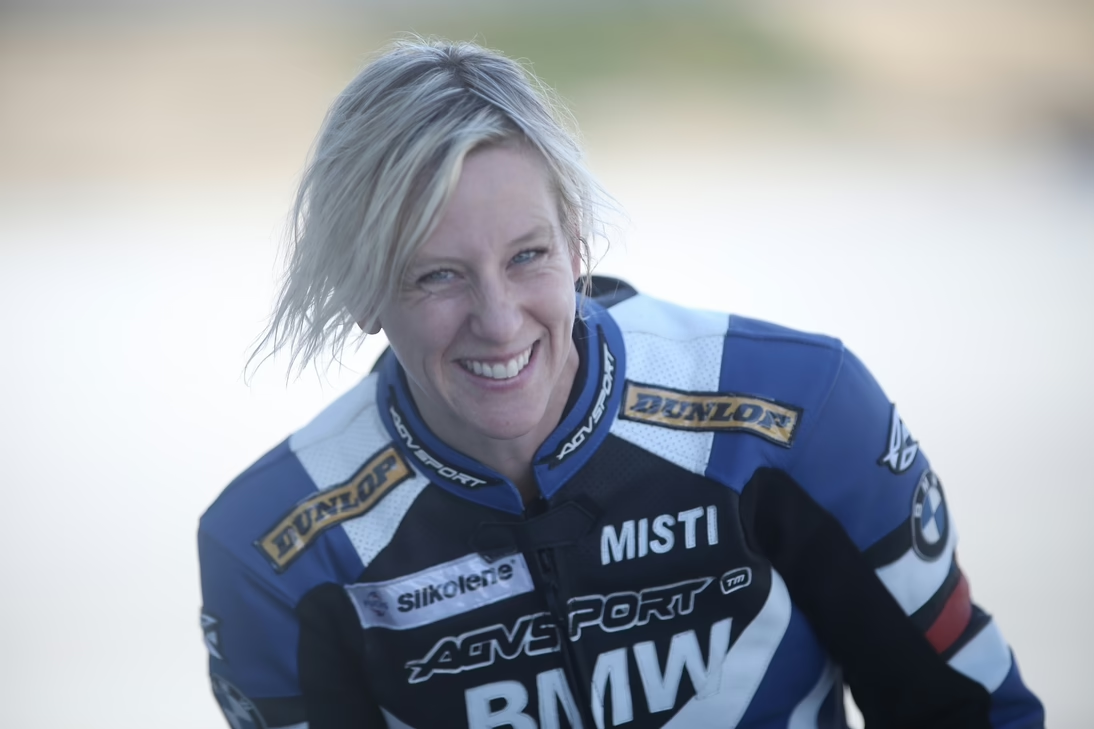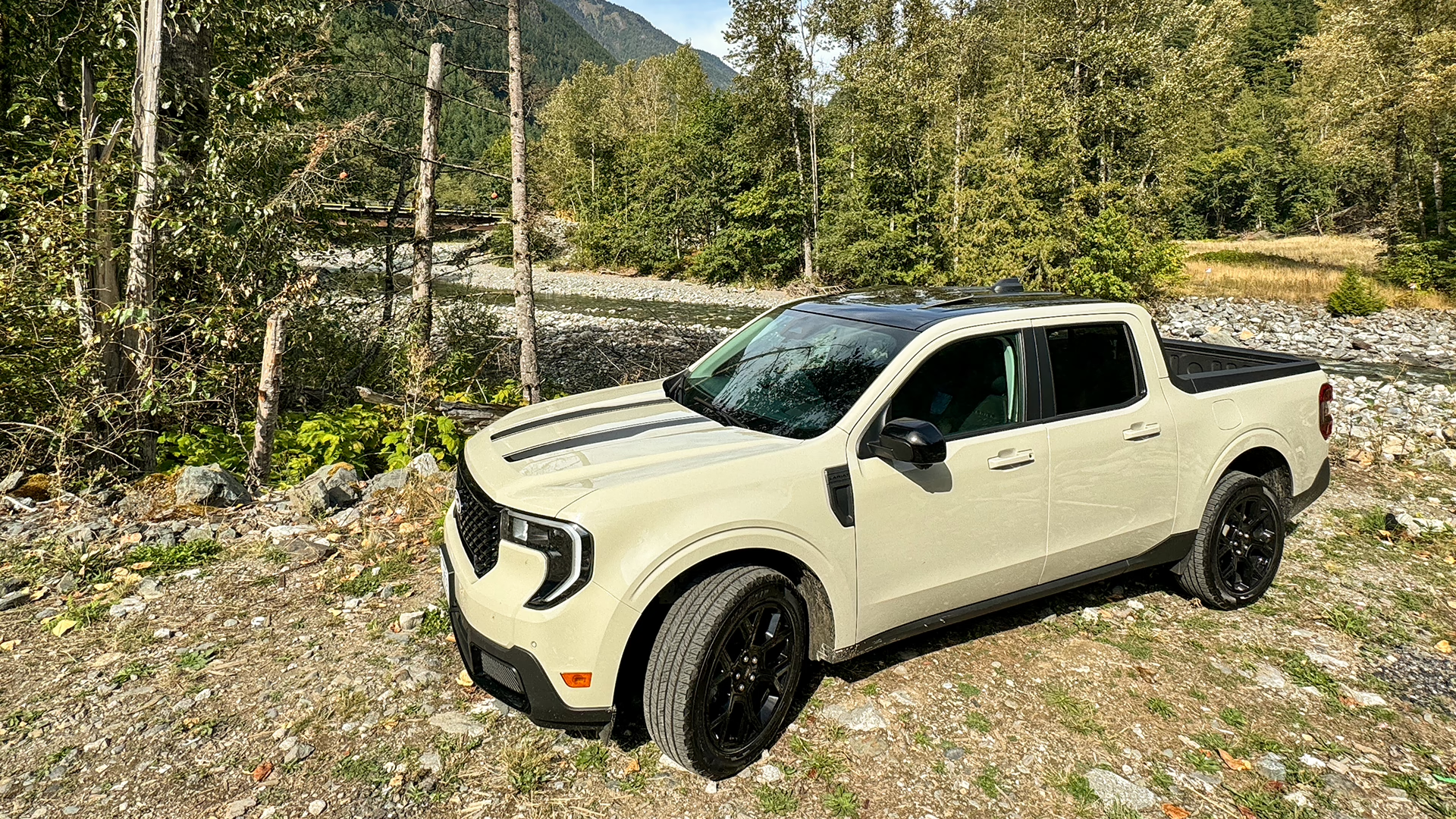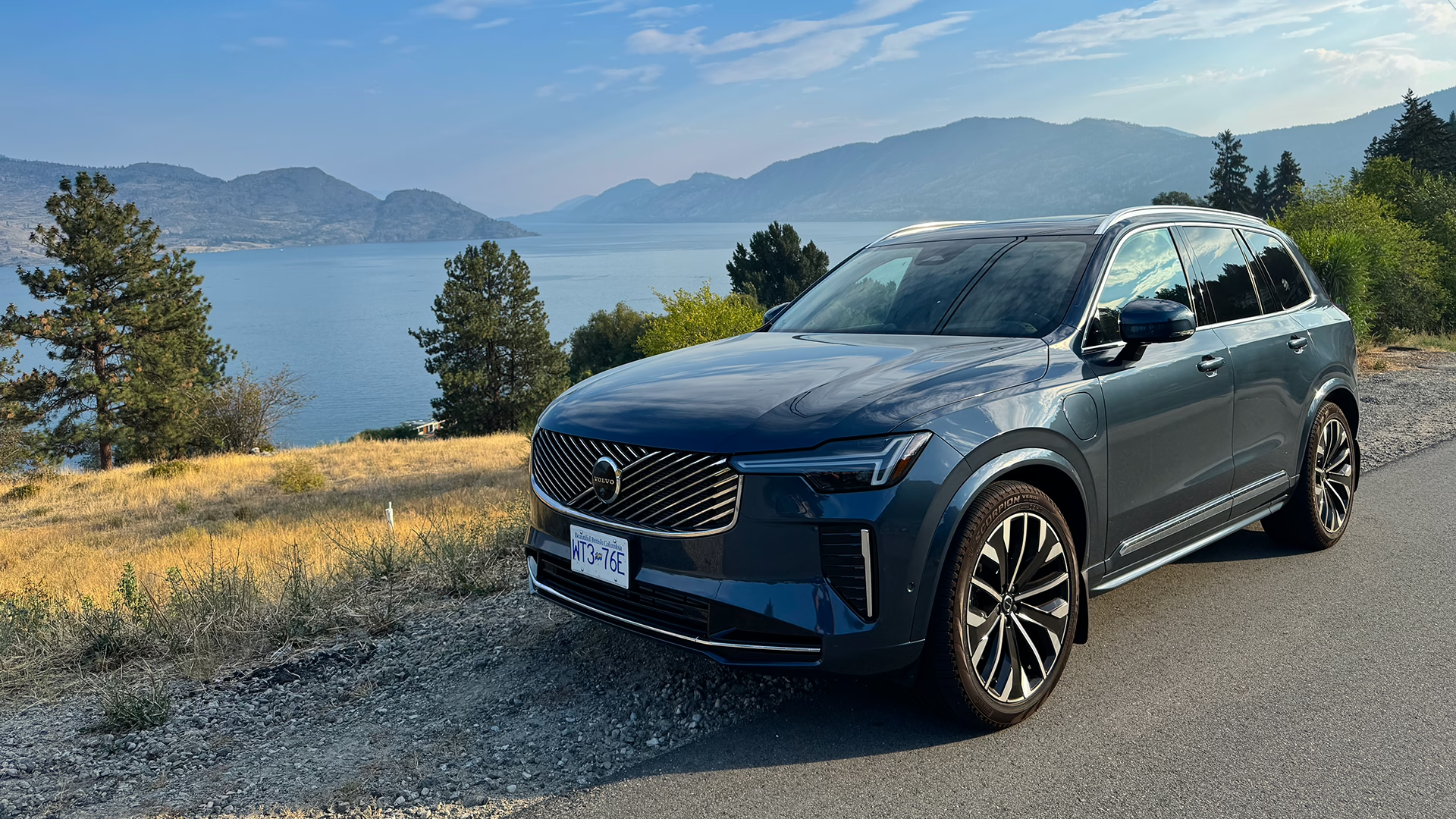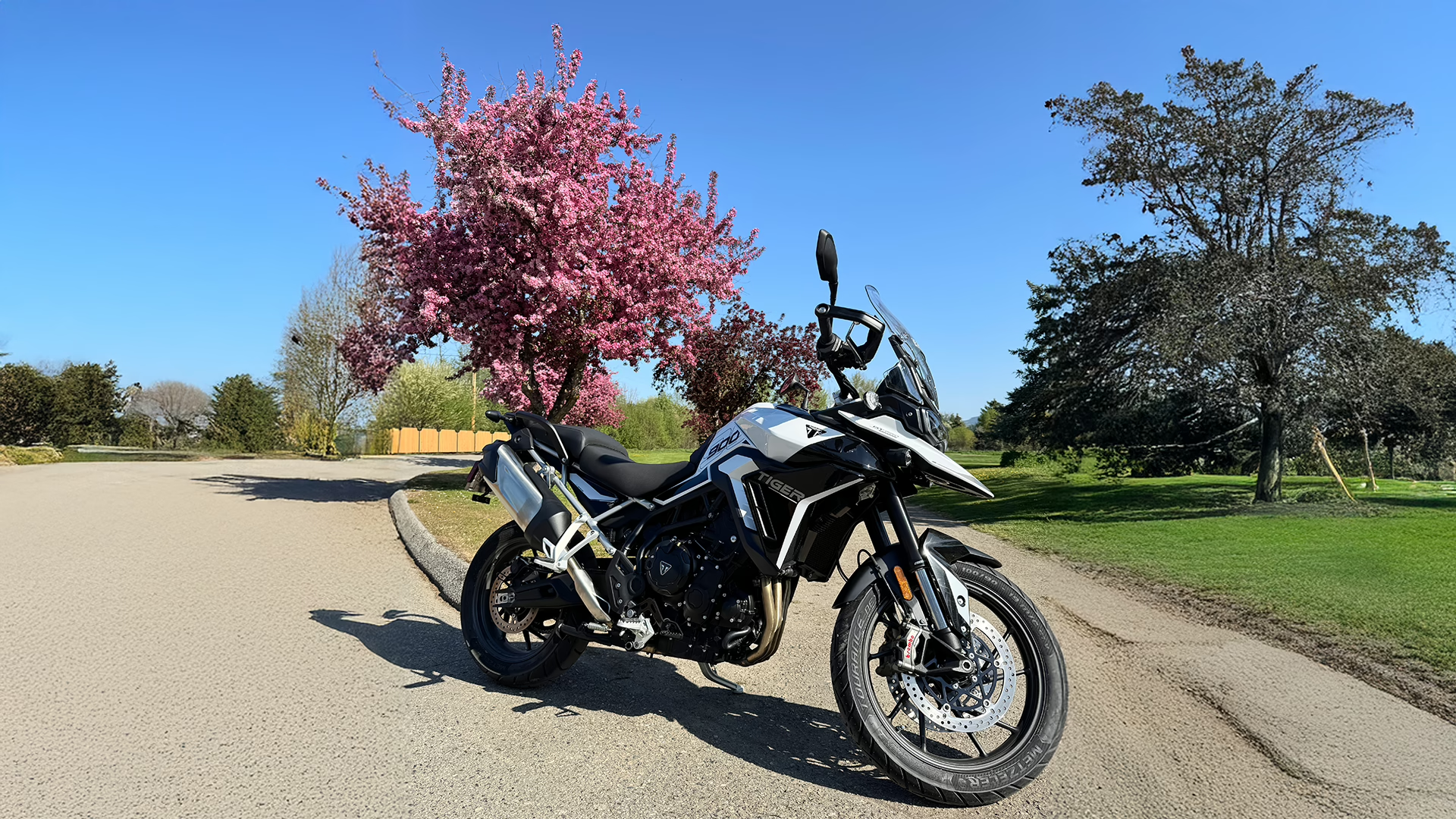
The world is changing. Everything about it from climate to business. Let’s face it, technology is taking over. Don’t believe it? Maybe you didn’t know Google just introduced a car that doesn’t require a driver or that a California police department is operating a motorcycle enforcement division with Zero electric bikes.
Global warming is forcing environmental change and technology is introducing new, more efficient ways to go about our daily business. With the introduction of smart phones, tablets and apps, digital media is flourishing.
The Motorcycle and Moped Industry Council reports that two-wheeled transportation is on the rise. Good news for the remaining dealerships that have been struggling to keep their head above water.
Whether it is economics, environmental or simple desire, more people are getting on motorcycles. Skeptics will say it’s dangerous but riders know this and take precautions to reduce their risk. The industry is getting on board as well constantly introducing new safety measures like hi-visibility wear or air bag equipped riding gear.
A group of Ontario riders and career entrepreneurial computer developers have combined their passion for riding with their expertise for software development and have introduced an innovative iOS app called Eat Sleep Ride (“ESR”) which is blowing the doors off social networking and safety for the everyday rider.
Alex Crookes, co-founder of ESR, is no stranger to the world of technology. Together with fellow ESR co-founder Nick Dunlop, they built Canada’s first cross platform mobile payment system that became MQube and later acquired by worldwide payment conglomerate VeriSign Inc.
As riding buddies, Crookes and Dunlop took to their motorcycles for some well-deserved time off but with their entrepreneurial spirit still alive and well, soon discovered a widespread gap between motorcycle industry technology and the motorcycle community.
Rewind to a pre-technological time when riders gathered at their local small town dealer for camaraderie and information sharing. The secrets of the best ride were kept in the mental vault of the rider who had already been there. Photographs taken on film by pocket cameras represented a look into other parts of the world – not Google Maps. Essential tips and tricks of what to pack and what to leave behind came out over coffee in the corner lounge off the showroom floor.
Times changed. The economy changed. Small “mom and pop” shops slowly disappeared taking the library of rider history over coffee with them. Enter ESR.
“It’s the rider that holds the knowledge of the miles on the road. We want to make sure that knowledge doesn’t get lost,” said ESR co-founder Marina Mann in a telephone interview. “In the same way people collect cars or motorcycles, we want to collect motorcycle stories with ESR.”
By downloading the ESR app, a rider has a multitude of options at their fingertips. So many so, it can be confusing at first. Due to the app’s comprehensive nature, it takes a bit of time using the features to fully appreciate this technological tool.
“When developing the EatSleepRIDE app, we wanted to take advantage of all the tools currently available for a mobile device,” continued Mann.
The existing technology allowed ESR developers to incorporate social networking similar to Facebook where riders can post status updates, share photos and video, follow other riders and read a mainstream flow of updates from the riders they follow. GPS essentials were included using current mobile sensors already built into the iPhone that offer mapping and riding routes synonymous to Google Maps. Riders could also write reviews and travel stories to share their knowledge thereby bridging the gap in the global [riding] community by bringing worldwide riders together in one virtual space.
“Riders are having all these experiences, yet there was nowhere specific to share their stories,” explains Mann. “Not only that, but we felt the [motorcycle] industry could use the feedback from real people, who are paying real money, to let them know what we want from these machines.”
Even though the ESR platform would rapidly widen a rider’s accessibility to information specific to motorcycling, ESR developers felt it wasn’t enough and began questioning what the modern motorcycle rider wanted and needed from an app.
Safety. Who was going to offer affordable increased rider safety? From personal experience, the team realized that the ability to stay safe and stay connected in a group would enhance confidence. With ESR, riders can, whether solo or in a group, ride publically, privately, semi-privately in a group or share their route with a non-ESR user – like a loved one at home.
“The rider is in control of their individual privacy,” explains Mann.
Groups of riders are able to ‘map’ together using the ESR app. If one gets separated from the group, the remaining riders can open their map and visually see the lost rider’s location and vice versa. Solo riders can input authorized email addresses so loved ones can track their ride on a map.
“Riders are such unique individuals,” continued Mann. “They have different styles, different speeds and it is important to provide them with options.”
There are plenty of options available. In fact the introduction of ESR stirred up a healthy level of negativity from competitors. Like any other app currently on the market, there is more than one company offering the technology. What is unique about ESR is that they have incorporated existing technology, made it rider specific and packaged it all in one place essentially creating a motorcycle toolbox that fits in a rider’s pocket.
Take for example, SPOT – which offers several options for purchasing GPS tracking devices using satellite technology complete with an app which offers similar safety and tracking for its users but “we felt the price was too high so we built it for ourselves,” added Mann.
If the entire social magazine, global networking and group sharing is simply too much but the safety aspect is appealing, there is CrashLight. It’s a premium feature available for purchase inside the ESR app. CrashLight is your emergency contact. Particularly developed for the solo rider, should the rider go down, CrashLight will detect an ‘incident’ and contact user programmed emergency contacts. Don’t worry, they won’t be informed of all the details but they will be notified that there is a problem and the rider’s location will be shared.
How does it work? The team at ESR taught the app to use the tools already available in the iOS mobile platform, created an algorithm to interpret the data and detect an abnormality.
For the skeptics, yes, similar technology already exists. AlpineStars Tech Air Race suit worn by MotoGP riders and equipped with airbags (as are other market suits), delivers critical data (pressure of impact, speed etc.) when a rider parts with the bike that allows technicians to interpret the crash.
Families left behind when the household rider answers the call of the open road now have peace of mind. With CrashLight, if a rider parts ways with their bike or goes down, CrashLight will interpret that information and take action. During the research phase, ESR discovered that in some parts of the world a rider can be automatically charged with dangerous or reckless driving for a motorcycle accident no matter if another vehicle is involved or not. Motorcycle accidents happen at high or low speed and sometimes for unforeseen circumstances, even when a rider is in control of their bike. Taking this information into consideration, and unlike competing apps on the international market that only contact emergency personnel, CrashLight allows the user to decide who to contact.
Just recently,” Mann stated, “CrashLight did its job. A solo rider had an accident resulting in broken bones and an inability to tend to themselves. CrashLight sent alerts to the rider programmed contacts which resulted in the appropriate emergency personnel being dispatched to the scene by using the GPS coordinates sent by CrashLight.”
With the support of the Canadian Media Experimental Fund, ESR began development in 2011, with an official launch in the App Store in June 2013, and is currently ranked in the top 100 Sports apps.
Oddly, however, Canada has been resistant to the technology while the US continually supportive. Seasonal Canadian riding could be to blame whereas our US counterparts ride the blacktop ribbon 365 days a year.
Where do you go from there?
“Our goal is to have more people ride more motorcycles more often and to enhance safety,” comments Mann. “We want to grow the industry by adding more riders and giving them access to a community platform and hopefully we can help sustain the industry.”
ESR plans to work with Transportation Canada in the next phase, to identify known dangerous roadways and intersections and go from there.
You can try EatSleepRIDE for yourself by checking out the website at http://App.EatSleepRIDE.com, or look up ‘EatSleepRIDE’ in the App Store. The app costs $2.99 and you can purchase CrashLight for $6.99 per year within the app.
